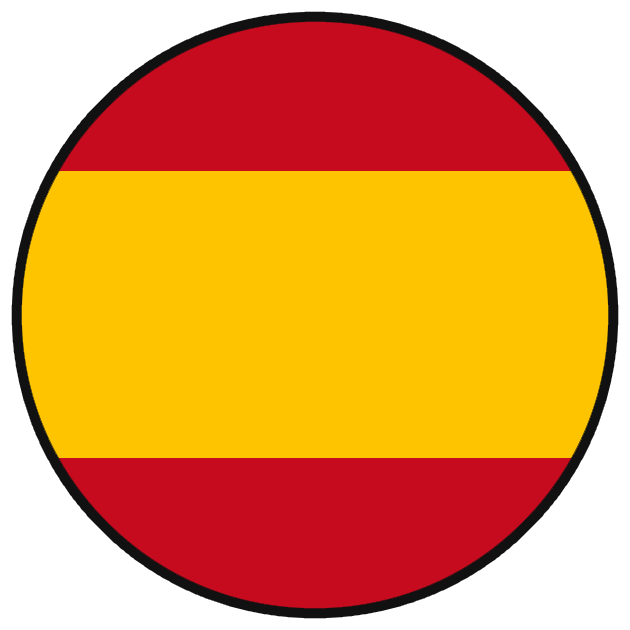The cold freezes the inside of the orange and ends up drying it out. This damage is the most difficult to assess, as it cannot be seen from the outside. You only see it – or feel it, rather – when you eat the orange and find that it is bitter, or squeeze it and see that almost no juice comes out. This is the worst damage for us but fortunately, it is the one we have suffered the least. We do not rule out that some oranges may arrive a little dry but it will not be the usual.
Wind damage is the easiest to see, and the one that produces the most disappointment. Seeing oranges lying on the ground after spending a year growing them is painful to look at. We try to make the most of these oranges by using them as compost or, if they are in good condition, to produce jam. However, we cannot do this with all the oranges that have fallen from the trees, as I do not believe it would be possible to sell such a quantity of jam.
The impact of hail bothers us the least, as the damage is done is normally only aesthetic. This year, the hail arrived when the fruit was already ripe and therefore had the most sensitive skin. This has caused some stones to pierce the fruit. Where it has caused a great deal of damage, we have been able to see it and remove it. However, if the damage caused has not been too significant, it is possible that some of these oranges may slip undetected into one of our boxes.
Even so, we still have a harvest to collect in the trees for all of you who have adopted a tree from our farm. We believe that we will be able to continue offering oranges until the second half of March.
If you don’t have a tree with us, we leave you a link here where you can buy organic oranges from neighboring farmers.





 My account
My account 























